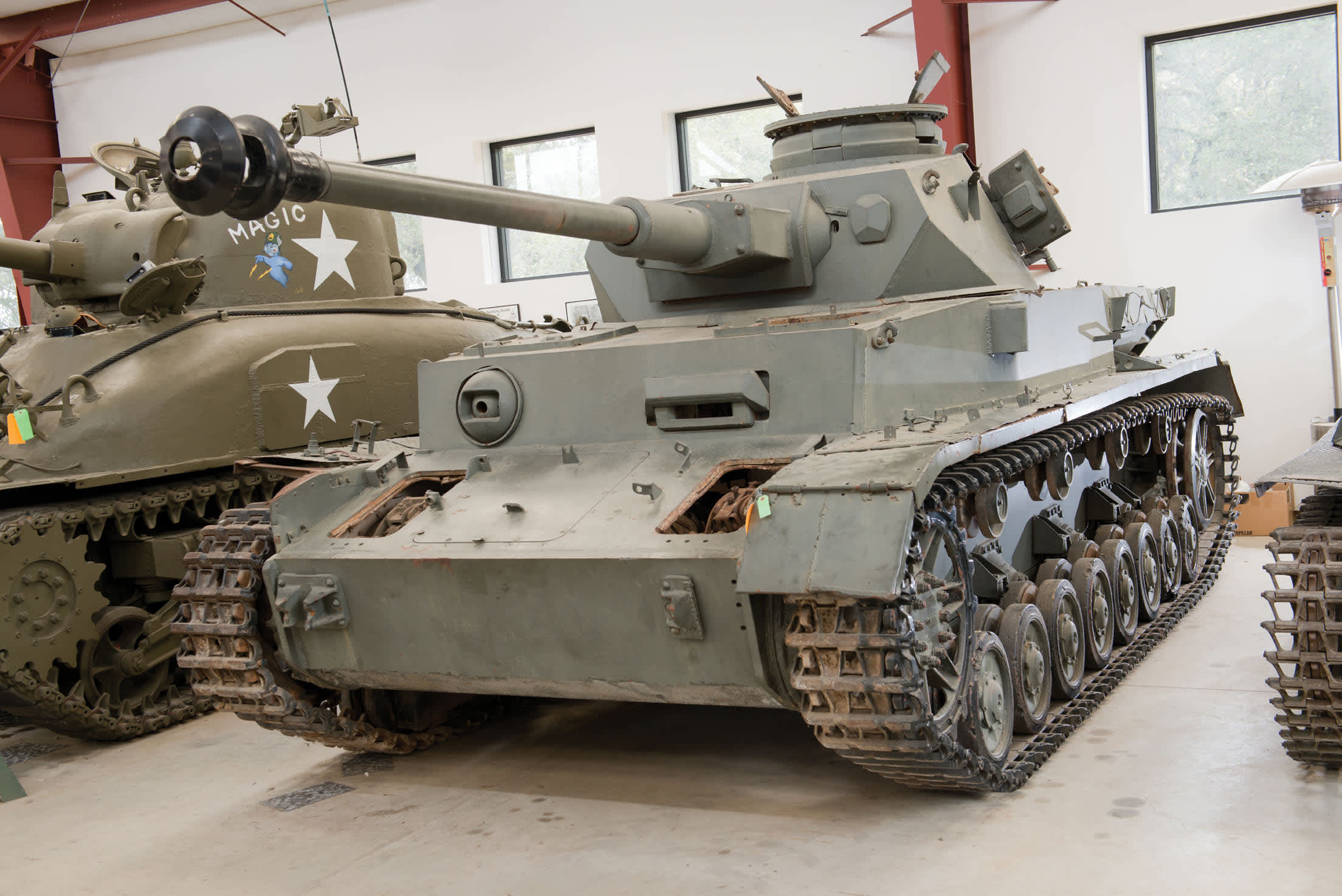

The leading elements advanced eastwards from the town on the Caen road to Point 213, where they were ambushed by Tiger I tanks of the 101st SS Heavy Panzer Battalion. Under the command of Brigadier William "Loony" Hinde, the 22nd Armoured Brigade group reached Villers-Bocage without serious incident on the morning of 13 June. British commanders hoped that the appearance of a strong force in their rear would force the Panzer-Lehr Division either to withdraw or to be surrounded. Seizing the opportunity to bypass the German Panzer-Lehr Division blocking the direct route south in the area of Tilly-sur-Seulles, a mixed force of tanks, infantry and artillery, based on the 22nd Armoured Brigade of the 7th Armoured Division, advanced through the gap in a flanking manoeuvre towards Villers-Bocage. On the right flank of the British Second Army, the 1st US Infantry Division had forced back the German 352nd Infantry Division and opened a gap in the German front line. On 9 June, a two-pronged British attempt to surround and capture Caen was defeated.


In the days following the D-Day landings on 6 June, the Germans rapidly established strong defences in front of the city. The Allies and the Germans regarded control of Caen as vital to the Normandy battle. After one day of fighting in and around the small town of Villers-Bocage and a second day defending a position outside the town, the British force retreated. The battle was the result of a British attempt to improve their position by exploiting a gap in the German defences west of the city of Caen. The Battle of Villers-Bocage took place during the Second World War on 13 June 1944, one week after the Normandy Landings, which had begun the Western Allies' conquest of German-occupied France.


 0 kommentar(er)
0 kommentar(er)
